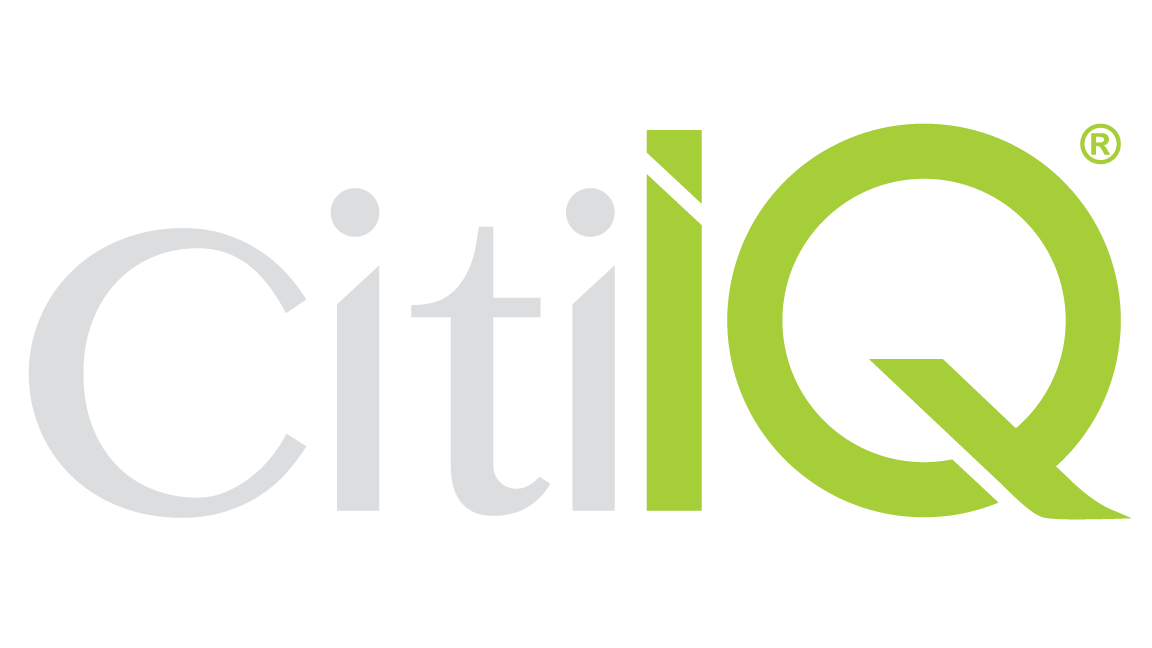The Smart City: A Critical Strategy
It is becoming crucial to ensure that every city is optimized to maximize efficiency and sustainability, while enhancing the quality of life. Cisco estimates that cities can improve energy efficiency by 30% in 20 years.
Smart cities will use low power sensors, wireless networks, and mobile-based applications to measure and optimize everything within cities.
Smart city solutions will fall into six broad categories, transforming the urban landscape:
1. Infrastructure
Smart lighting is one of the most important solutions that will be implemented in citywide infrastructure. While smart lighting sounds trivial at first glance, it’s worth noting that lighting alone consumes a whopping 19% of the world’s total electricity.
2. Buildings
Heating, energy usage, lighting, and ventilation will be managed and optimized by technology. Solar panels will be integrated into building design, replacing traditional materials. Fire detection and extinguishing is tailored to individual rooms.
3. Utilities
Smart grids (used for energy consumption monitoring and management), water leakage detection, and water potability monitoring are just some smart city aspects for utilities.
4. Transport
Intelligent, adaptive fast lanes and slow lanes (cycling, walking) will be implemented, while charging stations through the city will power EVs.
5. Environment
Air pollution control, renewable energy, and waste management solutions will make for greener cities. Rooftop gardens or side vegetation will be integrated into building designs, to help with insulation, provide oxygen, and absorb CO2.
6. Life
There will be citywide Wi-Fi for public use, while real-time updates will provide citizens information on traffic congestion, parking spaces, and other city amenities.
This infographic from Visual Capitalist helps define the need for smart cities and gives examples of how technology can be applied in urban settings to facilitate cities that work better for their citizens.

